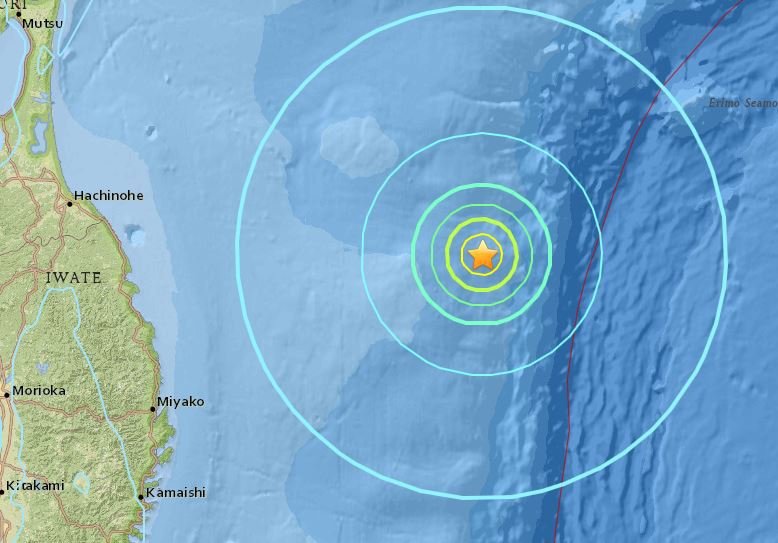Introduction
It’s no secret that Japan experiences several noticeable earthquakes every year. On August 19th 2016, an earthquake measuring 5.3 on the Richter scale hit 170 km off the cost of Miyako, a city in Iwate prefecture. It was followed by another 6.0 earthquake on Sunday, which was also then followed by another 6.0 tremor.
Why so many earthquakes?
The nation sits on a triple junction of three tectonic plates. The Boso Triple Junction is the point at which the North American Plate, the Philippine Sea Plate and the Pacific plate meet. As a result, Japan does experience rather frequent earthquakes, daily in fact, although the majority of these are minor tremors unable to be felt by people. However, they can still be detected with seismic equipment. For such an earthquake prone nation, how earthquake resistant are the buildings in Japan?
According to the Building Standard Act, all buildings in Japan must have some type of earthquake resistant structure. There are three structures which are currently used in order to meet the building code.
Types of Structures

Earthquake resistant structures are the most commonly found throughout houses in Japan. Under this category, there are two components. Buildings can have a rigid structure, which allows them to be resistant against a collapse. The flexible structures are designed to bend, allowing for the seismic force to be spread out through the building.
Another method of adhering to the code is by using damping structures. These structures are designed to absorb the shocks caused by the seismic energy. There are various types of damping structures used in buildings not only in Japan but also in other nations, for simplicity sake, all you would need to know is that these are structures that are integrated into the structure of the building in order to absorb shocks from seismic activity.
The final category consists of seismic isolation structures, these are typically used in high-rise buildings. Earthquake absorbing materials are placed as part of the foundation, underneath the building. This design means that earthquake tremors are absorbed into the isolation structure rather than absorbed full on by the building. The benefit of this design is a major reduction in the level of the tremor felt.
Conclusion
At the end of the day, there is no structure than can be billed as “earthquake-proof”. All of the buildings in Japan are earthquake resistant. The strict building code in Japan means that if you are living in Japan, or plan to move to Japan, you can put aside at least a part of your worries. Buildings in Japan are quite resilient even to rather powerful tremors.

You must be logged in to post a comment.